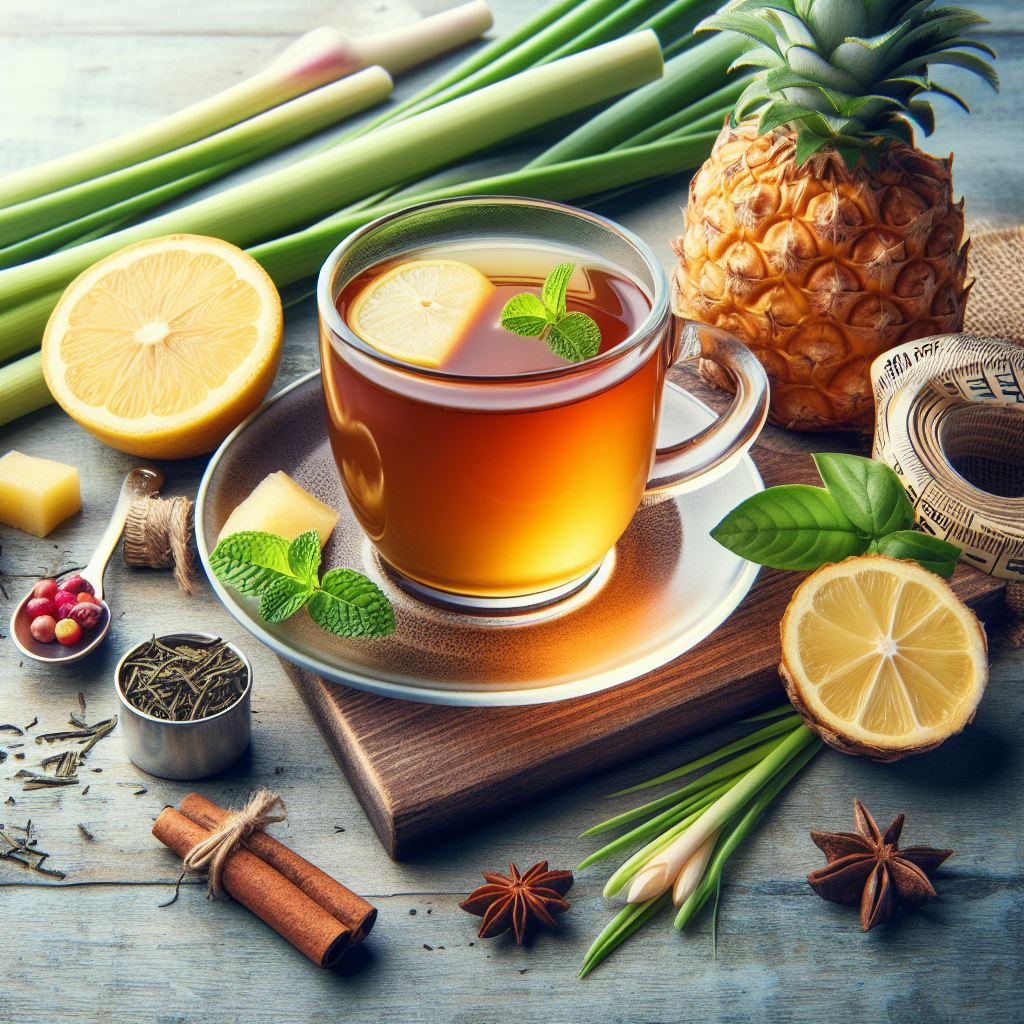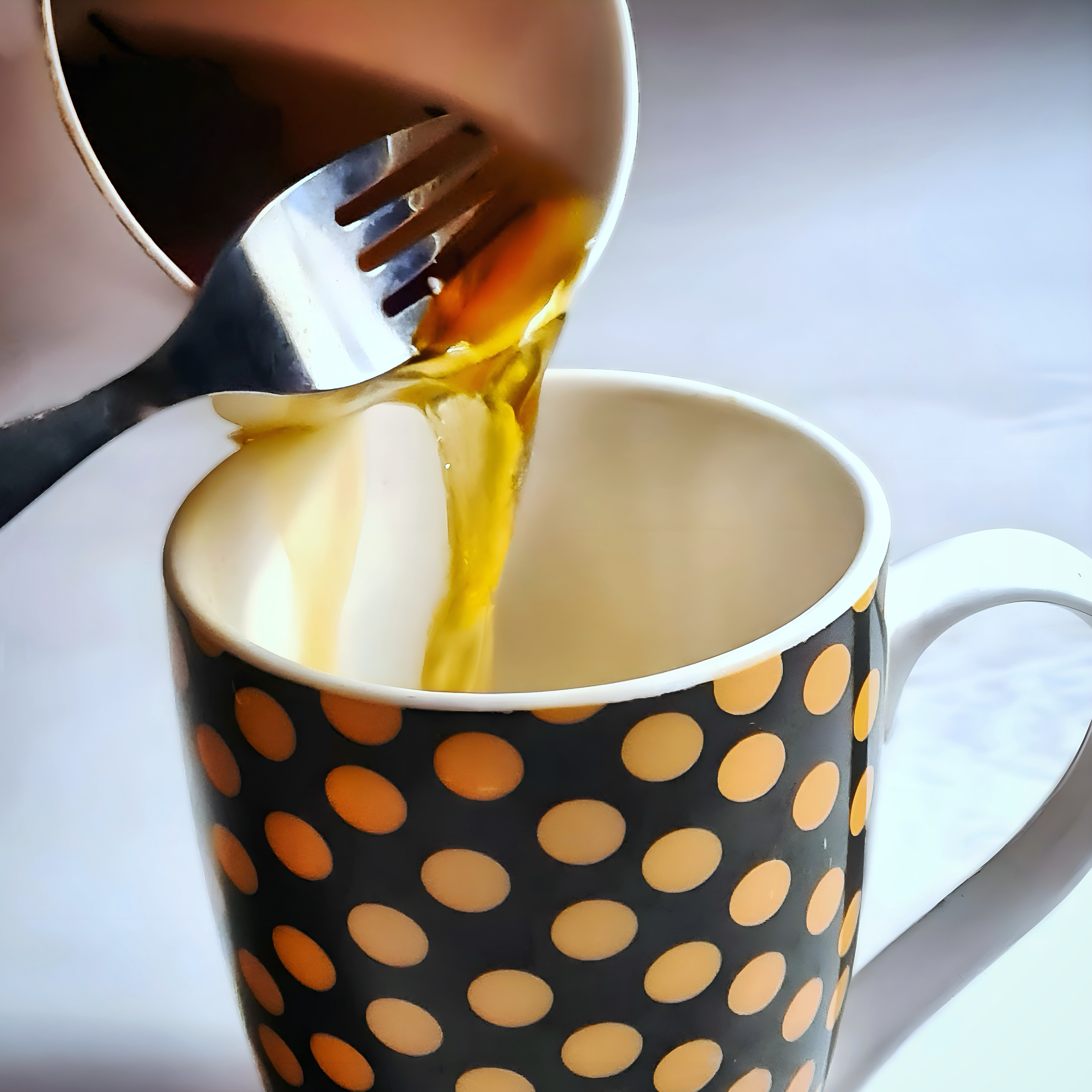Have you ever wondered what the secret is behind those beautiful purple flowers that adorn many gardens and fields? Well, they are not just pretty to look at, they are also packed with amazing health benefits that can boost your wellness and vitality. Yes, we are talking about using echinacea in tea!
Echinacea tea is one of the most popular herbal teas in the world, and for good reason. It has been used for centuries by various cultures for its healing and preventive properties, and it is now gaining more attention from modern science and consumers alike. In this post, we will explore the fascinating story of echinacea, unravel its benefits, and show you how to craft the perfect cup of echinacea tea.

The Story of Echinacea
Echinacea is a genus of flowering plants that belongs to the daisy family. There are about 10 species of echinacea, but the most commonly used ones for tea are Echinacea purpurea, Echinacea angustifolia, and Echinacea pallida:



The plant of Echinacea is native to North America, where it was widely used by the Native Americans for various medicinal purposes. For example, treating wounds, infections, snake bites, and sore throats. They also used it as a general tonic to enhance their immunity and vitality. Later on, Echinacea was introduced to Europe in the 17th century by explorers and traders. This is where it became a popular herbal remedy for many ailments, especially during the cold and flu seasons.
One of the most distinctive features of echinacea is its cone-shaped flower head, which consists of a spiky center surrounded by colorful petals. The name echinacea comes from the Greek word “echinos”, meaning “hedgehog” or “sea urchin”. This refers to the prickly appearance of the flower. The flower colors range from purple, pink, white, to yellow, depending on the species and variety. Echinacea flowers are not only attractive to humans, but also to bees, butterflies, and birds, who help pollinate them and spread their seeds. Not only this, echinacea flowers are also edible and can be used to make salads, jams, or syrups.
What are the Benefits?
Echinacea tea is not only delicious and refreshing, but also beneficial for your health and well-being. Here are some of the potential benefits of echinacea that you should know:
Immune system support:
Echinacea tea is one of the best natural allies for your immune system. It can help stimulate the production and activity of white blood cells, which are responsible for fighting off infections and diseases. This tea can also help modulate the inflammatory response, which is essential for healing and recovery. Studies have shown that echinacea tea can help prevent and treat common colds, flu, bronchitis, and other respiratory infections, by reducing the severity and duration of the symptoms. The tea can also help enhance the effectiveness of vaccines and antibiotics, by boosting the immune response and preventing resistance.
Anti-inflammatory properties:
Echinacea tea can help reduce inflammation, which is the root cause of many chronic and acute conditions. Some including, arthritis, asthma, allergies, diabetes, and cancer. Drinking this tea can help inhibit the production of pro-inflammatory cytokines, which are molecules that trigger inflammation in the body. Echinacea tea can also help block the action of cyclooxygenase-2 (COX-2), which is an enzyme that produces prostaglandins. These are chemicals that cause pain and swelling. By reducing inflammation, this tea can help relieve pain, swelling, redness, and heat, and improve the function of the affected tissues and organs.
Overall well-being:
Echinacea tea can help promote your overall well-being, by improving your physical, mental, and emotional health. This tea can help detoxify your body, by stimulating the liver and kidneys, and enhancing the elimination of toxins and waste. It can also help nourish your body, by providing antioxidants, vitamins, minerals, and phytochemicals, that can protect your cells from oxidative stress and damage. Not only this, echinacea tea can also help balance your hormones, by regulating the production and secretion of cortisol. This is a stress hormone that can affect your mood, sleep, appetite, and metabolism. So by drinking this tea, you can feel more energized, relaxed, focused, and happy.
Crafting the Perfect Cup of Echinacea Tea

Making echinacea tea is easy and fun, and you can customize it according to your preferences and needs. Here are some tips on how to craft the perfect cup:
1. Choose your echinacea:
You can use fresh or dried echinacea flowers, leaves, stems, or roots, depending on the availability and the desired effect. Echinacea flowers and leaves are more mild and sweet, while echinacea stems and roots are more bitter and potent. You can also use a combination of different parts and species of echinacea, to create a more complex and balanced flavor and benefit. You can buy echinacea from health food stores, online shops, or grow your own in your garden or balcony.
2. Brew your echinacea:
You can brew echinacea tea using different methods, such as boiling, steeping, or infusing.
- Boiling is the most traditional and effective way to extract the active compounds from echinacea, especially from the roots and stems. To boil, you need to add about 1 teaspoon of echinacea per cup of water to a pot, and bring it to a boil. Then, lower the heat and simmer for about 15 to 20 minutes, or until the water turns dark and aromatic.
- Steeping is a more gentle and convenient way to make the tea, especially from the flowers and leaves. To steep it, you need to add about 1 teaspoon of echinacea per cup of hot water to a teapot, mug, or infuser, and let it sit for about 5 to 10 minutes, or until the water turns light and fragrant.
- Infusing is a more creative and refreshing way to make this tea, especially for cold or iced tea. To infuse it, you need to add about 1 teaspoon of echinacea per cup of cold water to a pitcher, jar, or bottle, and let it sit in the refrigerator for about 4 to 8 hours, or overnight. Learn more about cold-brewing in our article: Cold Brew Tea: The Ultimate Guide for Refreshing Tea Lovers
3. Enjoy your echinacea:
You can enjoy echinacea tea hot or cold, plain or flavored, depending on your mood and taste. Try adding honey, lemon, ginger, mint, or other herbs and spices to enhance the flavor and benefit of the tea. You can also mix echinacea tea with other herbal teas, such as chamomile, lavender, or rose, to create a more soothing and floral blend. You can also experiment with different ratios and combinations of echinacea, to find your favorite recipe and effect.
Exploring Beyond the Teacup

Echinacea tea is not only a beverage, but also a versatile ingredient and remedy. Here are some ideas to explore beyond the teacup:
Cook with echinacea:
Echinacea tea can add a floral and herbal touch to your culinary creations, such as smoothies, mocktails, or baked goods. You can use this tea as a base, a sweetener, a flavoring, or a decoration for your dishes and drinks. For example, you can make a delicious and nutritious echinacea tea smoothie, by blending the tea with yogurt, banana, berries, and honey. You can also make a festive and fun mocktail, by mixing echinacea tea with cranberry juice, and lime. Or, you can make a cozy and comforting echinacea tea cake, by adding the tea to your batter, frosting, or glaze.
Create with echinacea:
This tea can also be used to make your own homemade skincare products or natural household remedies, using simple and natural ingredients. You can use echinacea tea as a base, a moisturizer, a cleanser, or a healer for your skin and hair. For example, you can make a soothing and hydrating face mask, by mixing echinacea tea with oatmeal, honey, and yogurt. You can also make a refreshing and stimulating hair rinse, by adding echinacea tea to your shampoo, conditioner, or vinegar. Or, you can make a healing and antiseptic spray, by adding echinacea tea to your water, alcohol, or witch hazel.
The Art of Pairing Echinacea Tea
Echinacea tea is not only a standalone drink, but also a perfect partner for other flavors and occasions. Here are some tips on how to pair the tea with different snacks, dishes, moods, and events:
Pair with snacks:
Echinacea tea can complement and enhance the taste and texture of various snacks, such as nuts, fruits, cheese, or chocolate. You can choose snacks that match or contrast the flavor and aroma of this tea, depending on your preference and mood. For example, you can pair echinacea tea with almonds, which have a nutty and sweet flavor that harmonizes with the floral and herbal notes of the tea. You can also pair echinacea tea with oranges, which have a citrus and tangy flavor that contrasts with the bitter and earthy notes of the tea.
Pair with dishes:
Echinacea tea can also accompany and enrich the flavor and nutrition of various dishes, such as salads, soups, sandwiches, or pasta. You can choose dishes that are light or hearty, spicy or mild, savory or sweet, depending on your appetite and mood. For example, you can pair the tea with a spinach salad, which has a fresh and crisp texture that balances the warm and smooth texture of echinacea tea. You can also pair echinacea tea with a tomato soup, which has a rich and creamy texture that complements the light and clear texture of the tea.
Pair with moods:
Echinacea tea can also suit and influence your mood and state of mind, such as relaxation, concentration, or inspiration. You can choose echinacea tea that is hot or cold, plain or flavored, strong or weak, depending on your need and mood. For example, you can drink the tea when you want to relax, as it can help calm your nerves and ease your stress. You can also drink echinacea when you want to concentrate, as it can help sharpen your focus and boost your memory.
Conclusion
Echinacea tea is a wonderful and versatile drink that can offer you many benefits and pleasures. It can help you improve your health, enjoy your life, and express your creativity. It can also help you connect with others, savor the moment, and explore new possibilities. This magical tea is more than just a drink, it is a floral elixir for wellness. We hope you enjoyed this article and learned something new and interesting about echinacea tea.
We invite you to share your own experiences and opinions with this tea, and to check out our other blog posts on herbal remedies and wellness tips!
Discover More Tea-Related Articles:
- How to Make Tea from Your Christmas Tree 🎄
- What Tea Has the Most Caffeine? The Answer Might Surprise You!
- Da Hong Pao Tea – The Most Expensive Tea in the World
- How to Make the Traditional Tea of Palestine – Shay bil Maramiya
- The Best Non Dairy Milk to Compliment Your Tea
Sources:
- Healthline. (n.d.). Echinacea: Benefits, Uses, Side Effects, and Dosage.
- Frey, M. (2021, October 12). The Health Benefits of Echinacea.
- WebMD. (n.d.). Echinacea: Health Benefits, Safety Information, Dosage, and More.
- Healthy and Natural World. (2016, June 2). Echinacea Tea Benefits And How To Use It For Great Health.
- FoodsForBetterHealth. (n.d.). The Benefits and Side Effects of Echinacea Tea.





Leave a Comment